Akamas National Park in Cyprus is a natural sanctuary known for its biodiversity, including 168 bird species, 20 reptiles, and 16 butterflies. It contains 39 of Cyprus’s 128 endemic plant species. Historically, it’s tied to Greek mythology and was used for British military exercises until 2000. The park’s stunning geology features diverse rocks and striking formations like the Avakas Gorge.
What are the natural and historical features of Akamas National Park?
Akamas National Park in Cyprus is a natural sanctuary known for its biodiversity, including 168 bird species, 20 reptiles, and 16 butterflies. It contains 39 of Cyprus’s 128 endemic plant species. Historically, it’s tied to Greek mythology and was used for British military exercises until 2000. The park’s stunning geology features diverse rocks and striking formations like the Avakas Gorge.
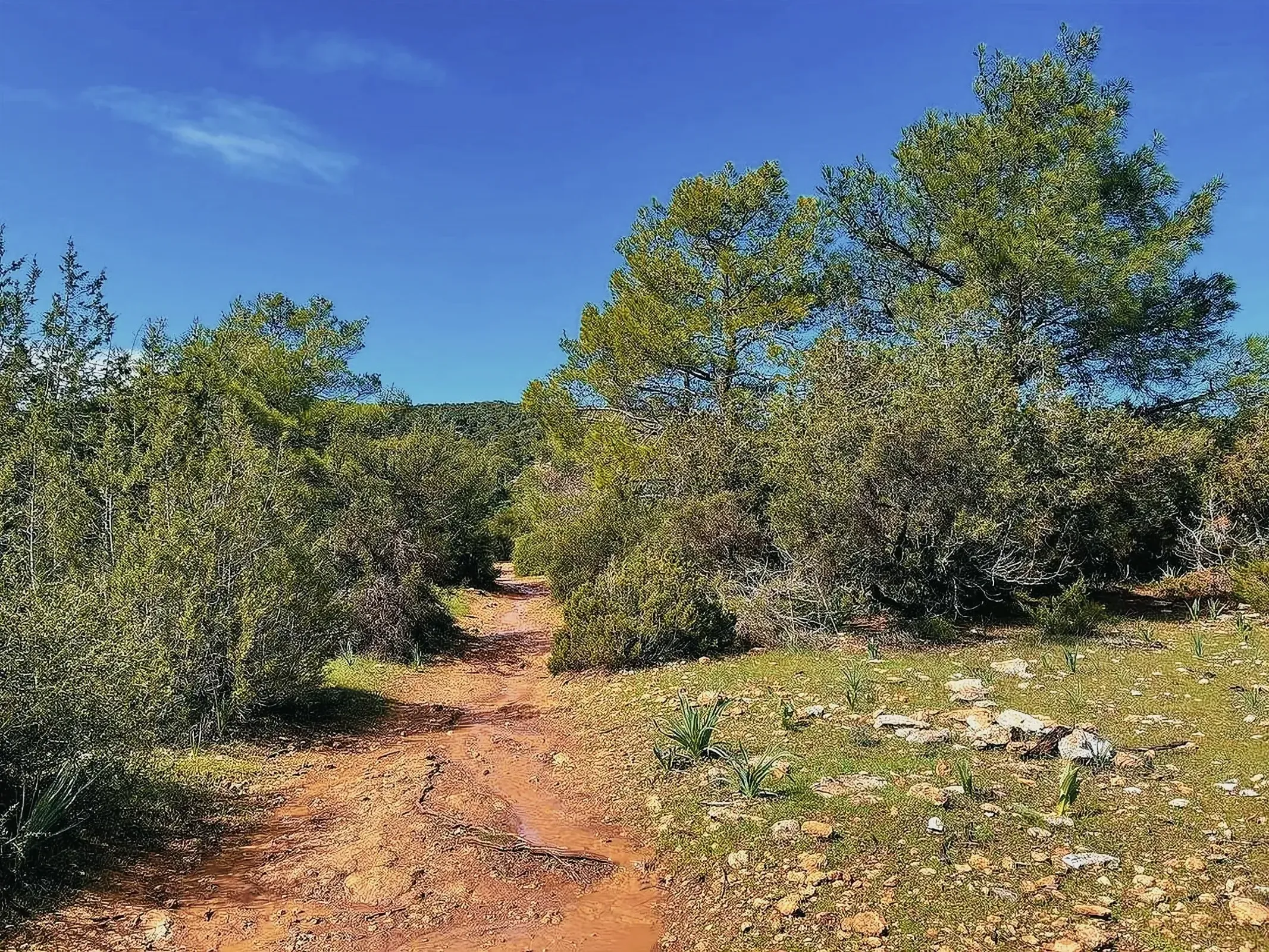
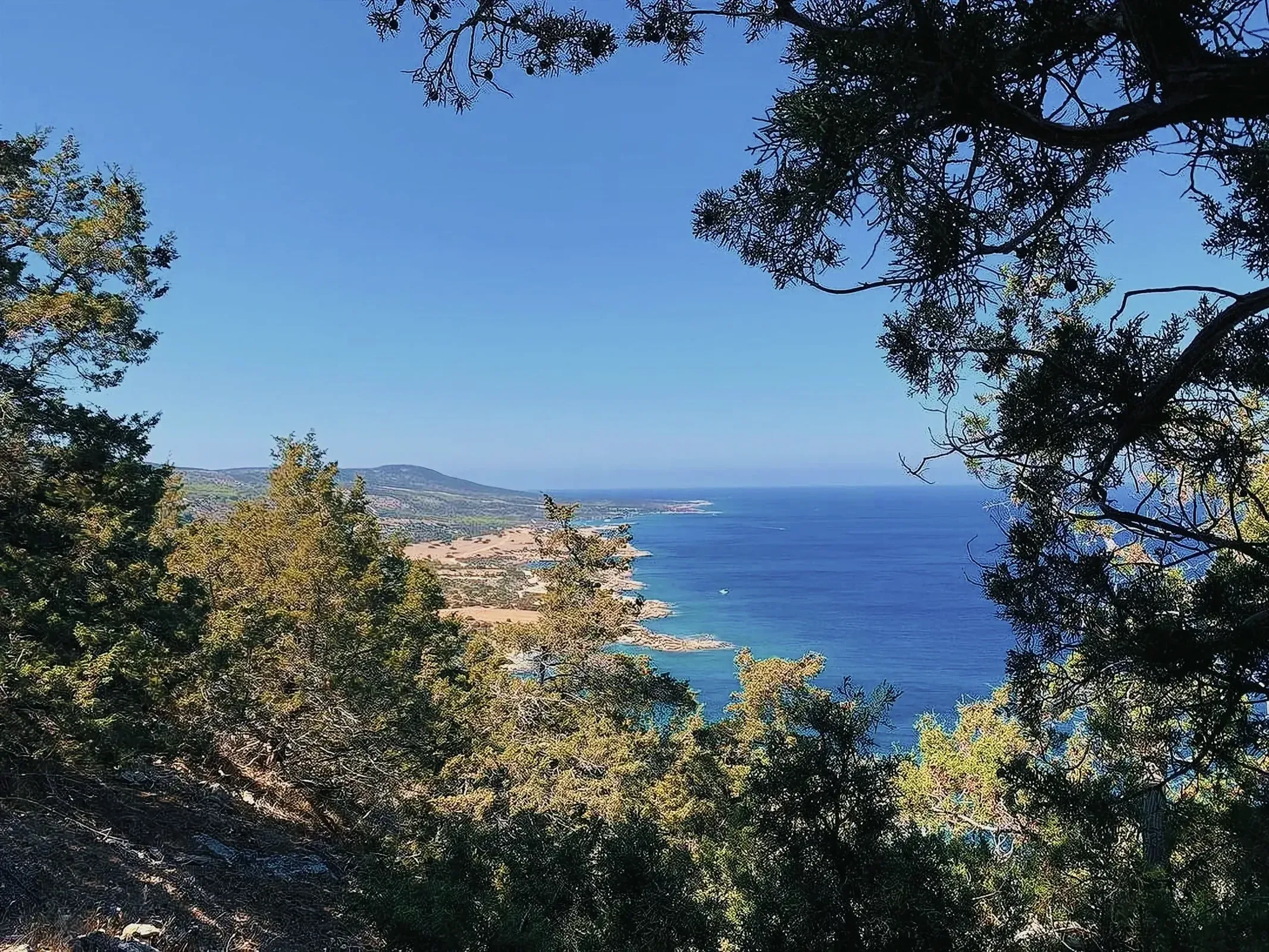

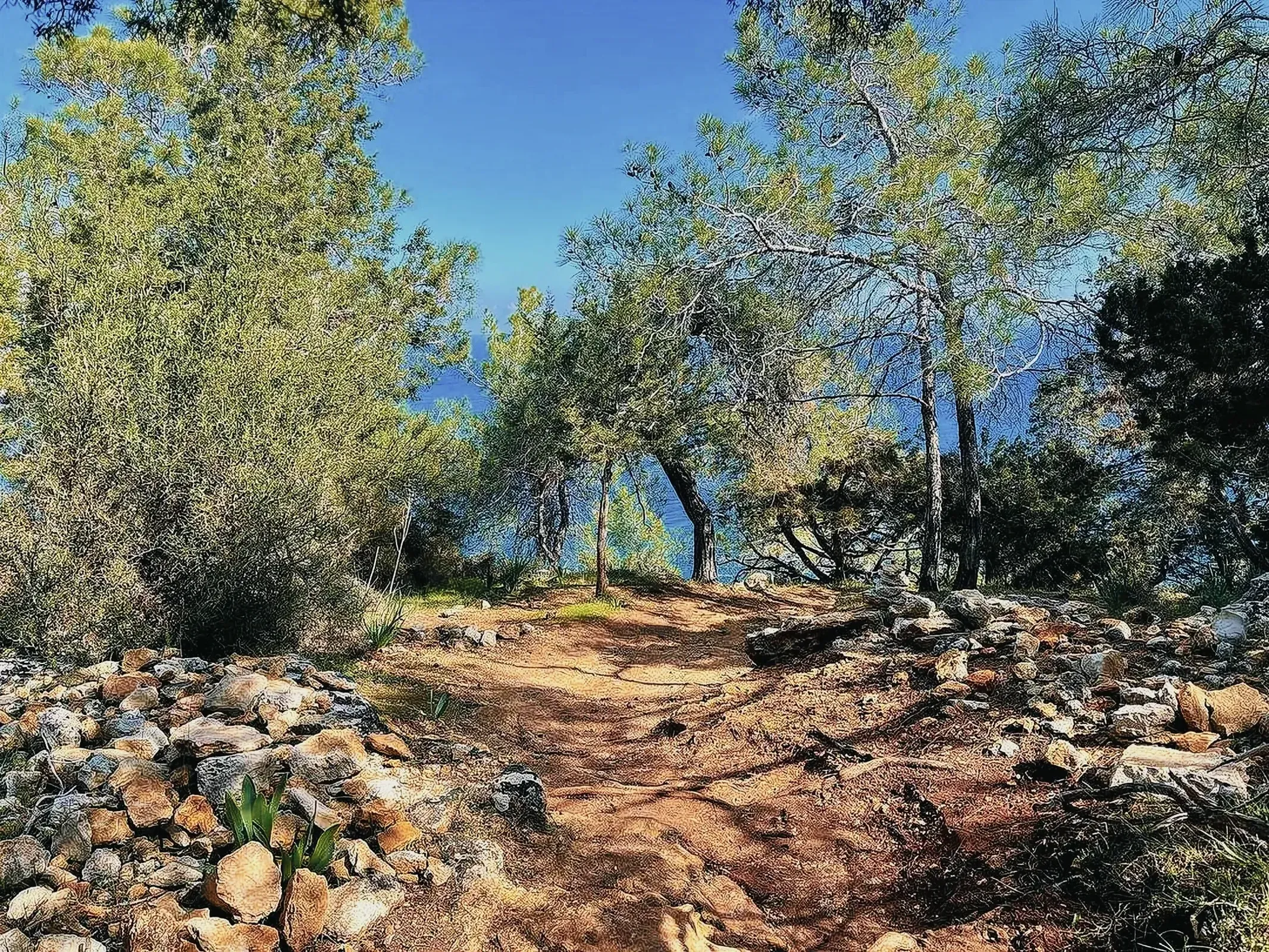
The Breathtaking Landscape and Wildlife of Akamas
Nestled on the west coast of Cyprus, the Akamas National Park is a haven of natural beauty. Spanning 230 square kilometers, the park is a mosaic of valleys, gorges, and expansive sandy bays. The Akamas Peninsula, named after the Trojan War hero Akamas, boasts a rich tapestry of biodiversity that is vital to the Mediterranean ecosystem. Here, you can encounter an impressive array of wildlife, including 168 bird varieties, 20 reptile species, 16 types of butterflies, and a dozen different mammals, alongside a remarkable range of flora.
The ecological significance of Akamas has not gone unnoticed. The European Council recognized its importance by including it in the Mediterranean Protection Program. Despite this, the full declaration of the park as a National Park has been delayed due to tourism and local landowners’ concerns. Nonetheless, environmental groups are actively pushing for its protection, advocating for the unique natural heritage it represents.
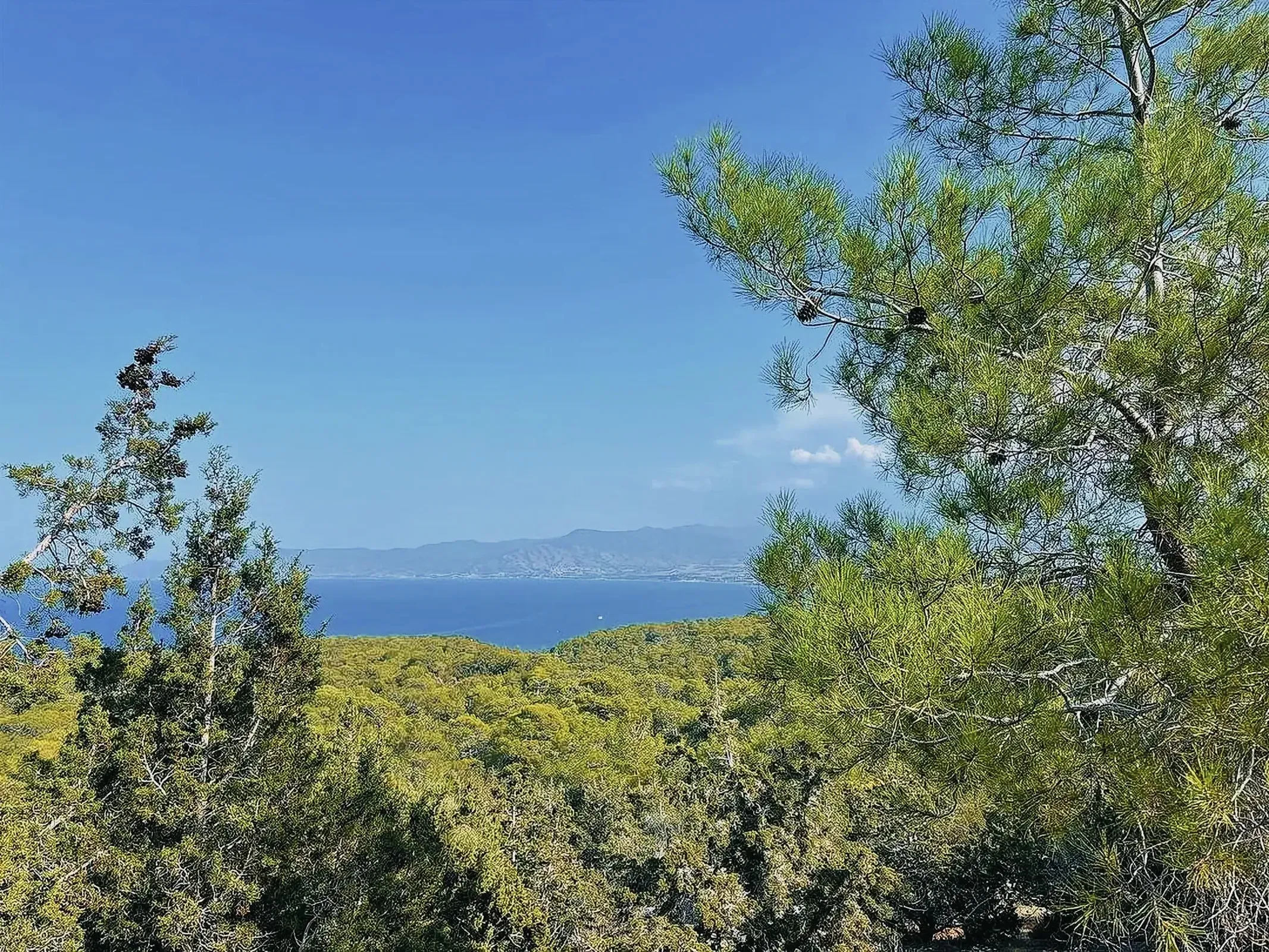
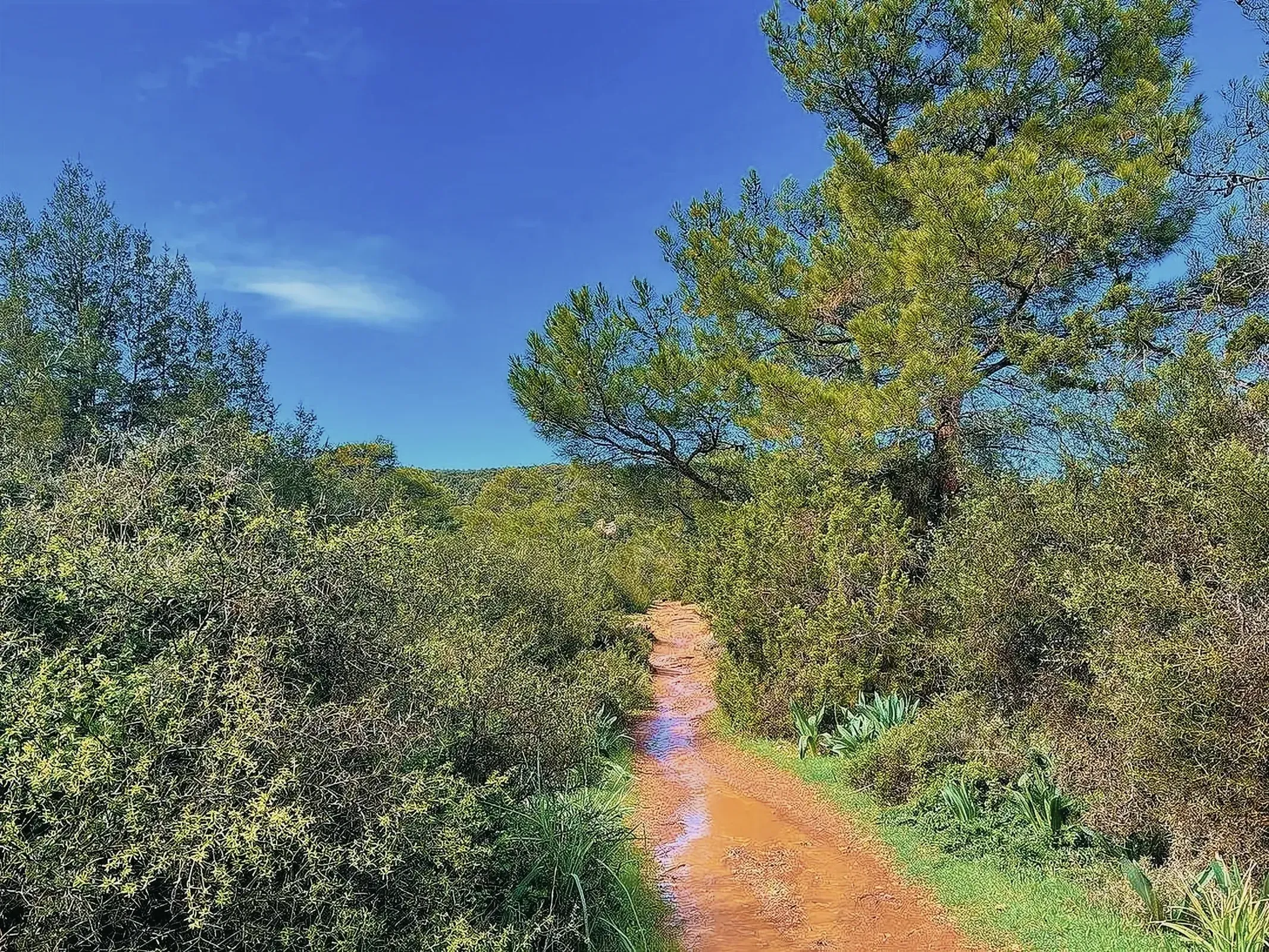
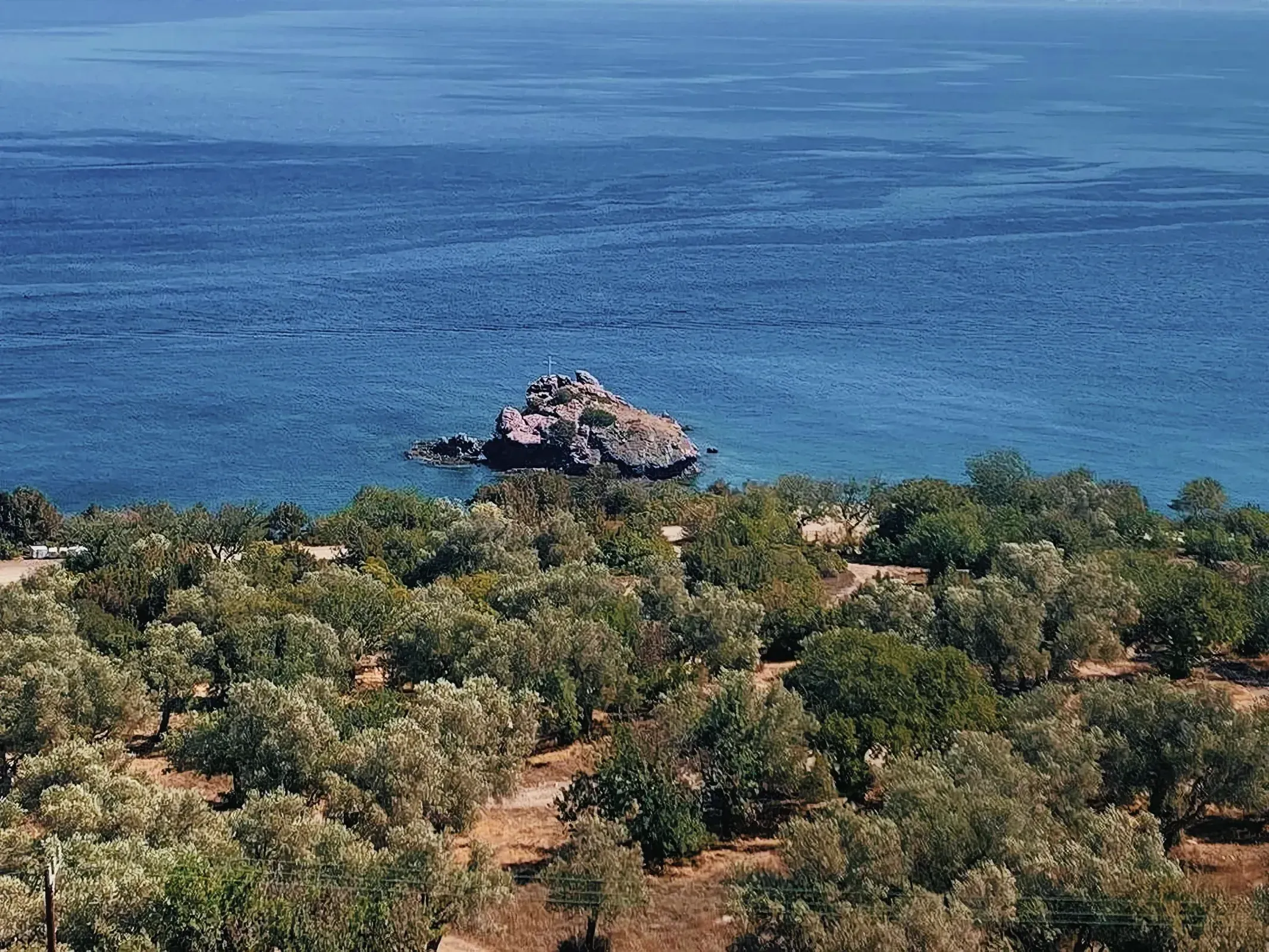
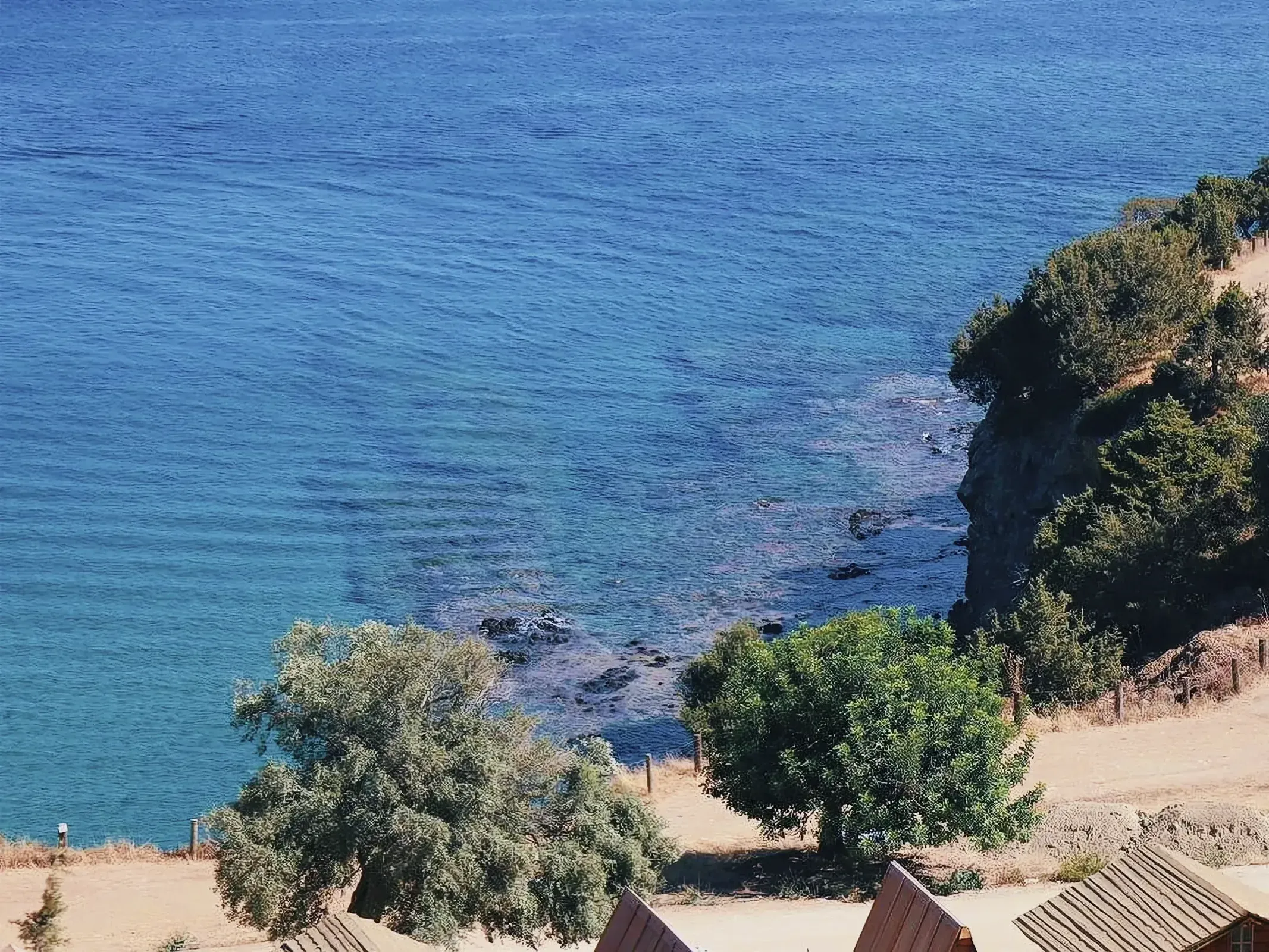
Akamas’s Historical Footprint and Efforts for Preservation
The Akamas Peninsula is steeped in history, with its dense forests and rugged terrain mentioned by ancient geographers like Ptolemy. The region’s cultural significance is further highlighted by its connection to Greek mythology, as the site where the goddess Aphrodite and her lover Adonis shared moments of passion.
In more recent history, up until the year 2000, the British military utilized the peninsula for exercises. The area’s strategic importance is underscored by the Treaty of Establishment, which allowed the British forces to use the space for their operations. Now, the focus has shifted towards environmental conservation with towns like Pegeia and Polis gracing the peninsula’s edges, and the area’s inaccessible nature has helped preserve its rich flora and fauna. The European Environment Agency has even acknowledged Akamas as one of just 22 European endemism areas.
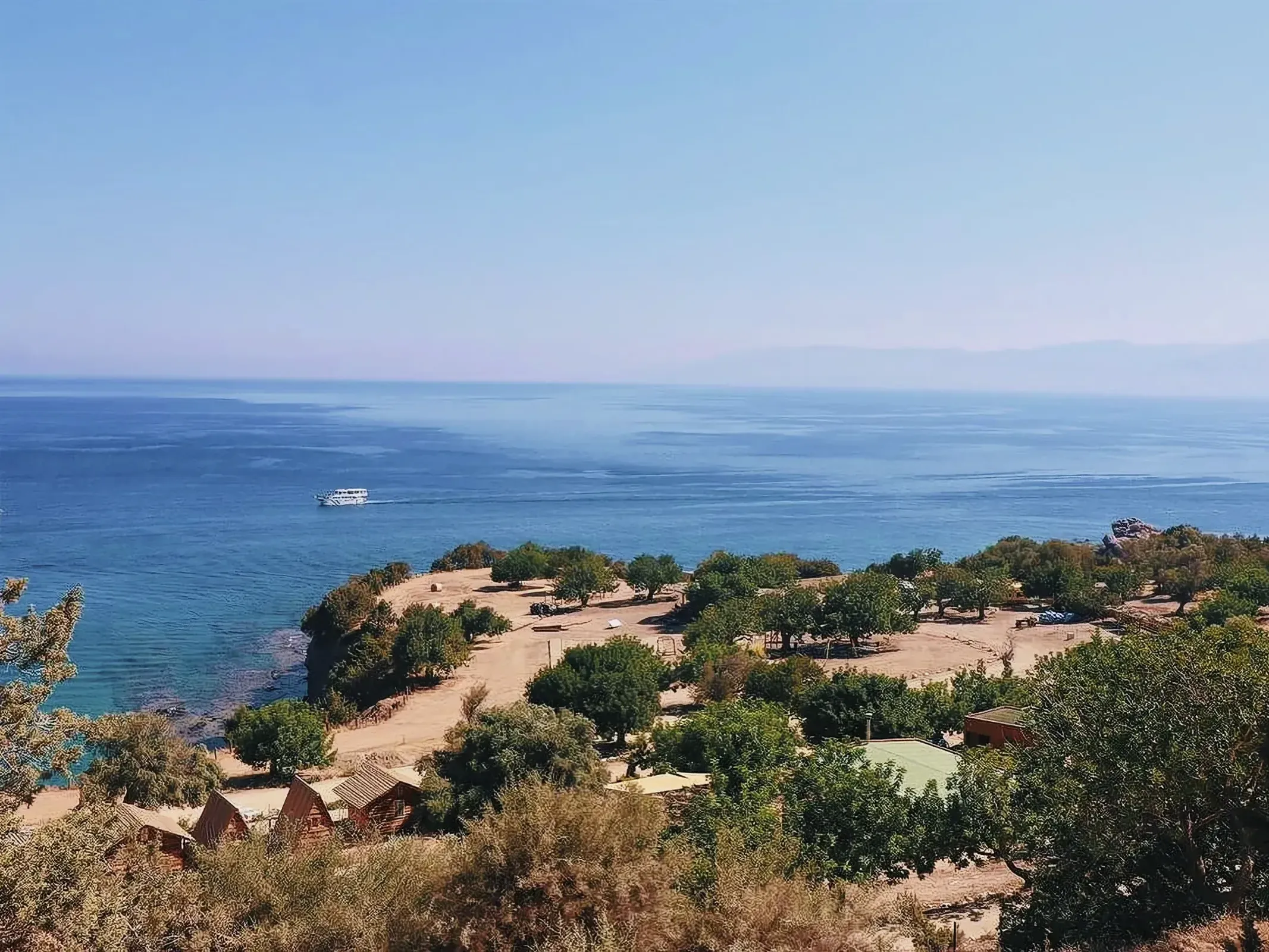

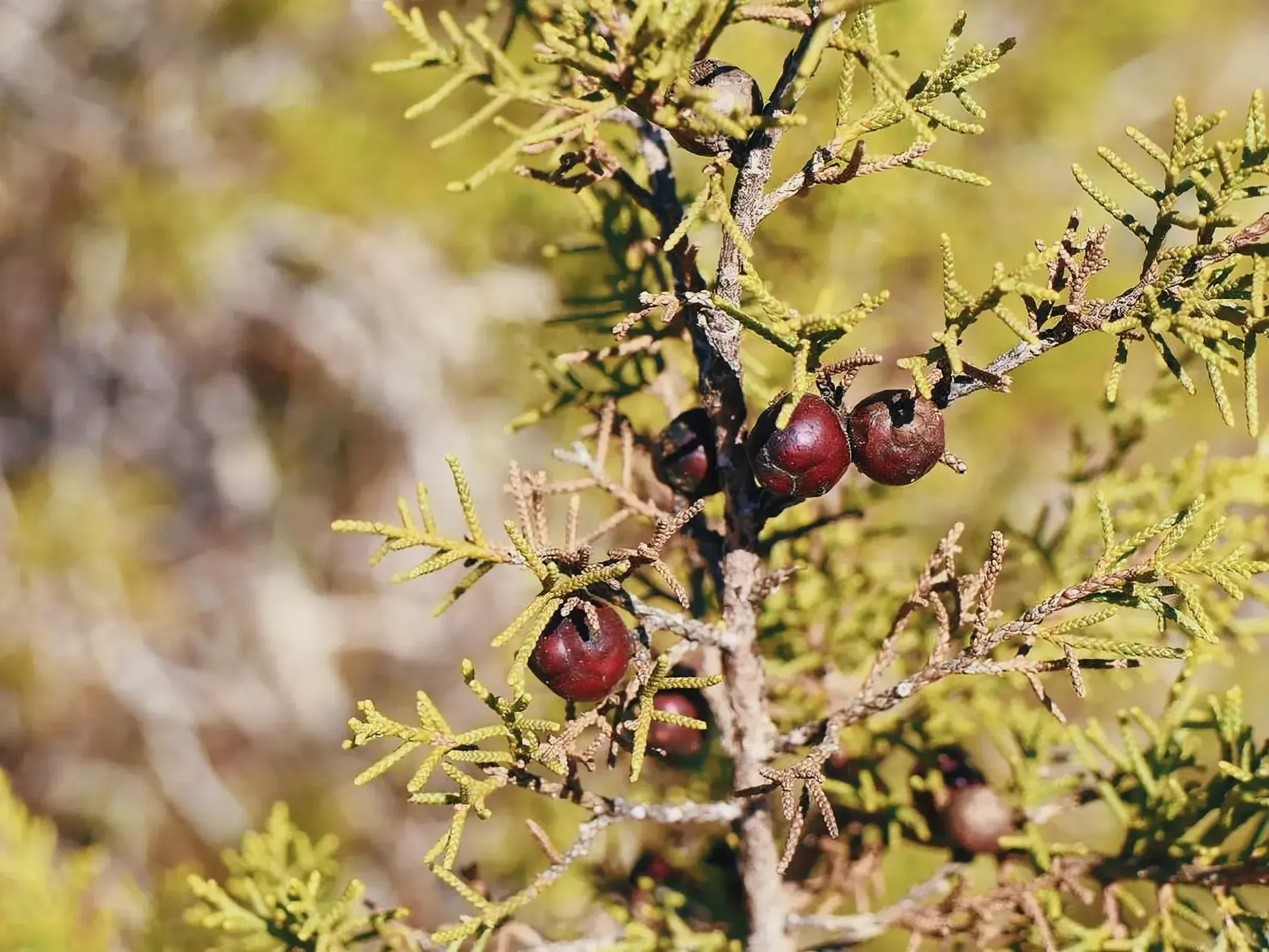
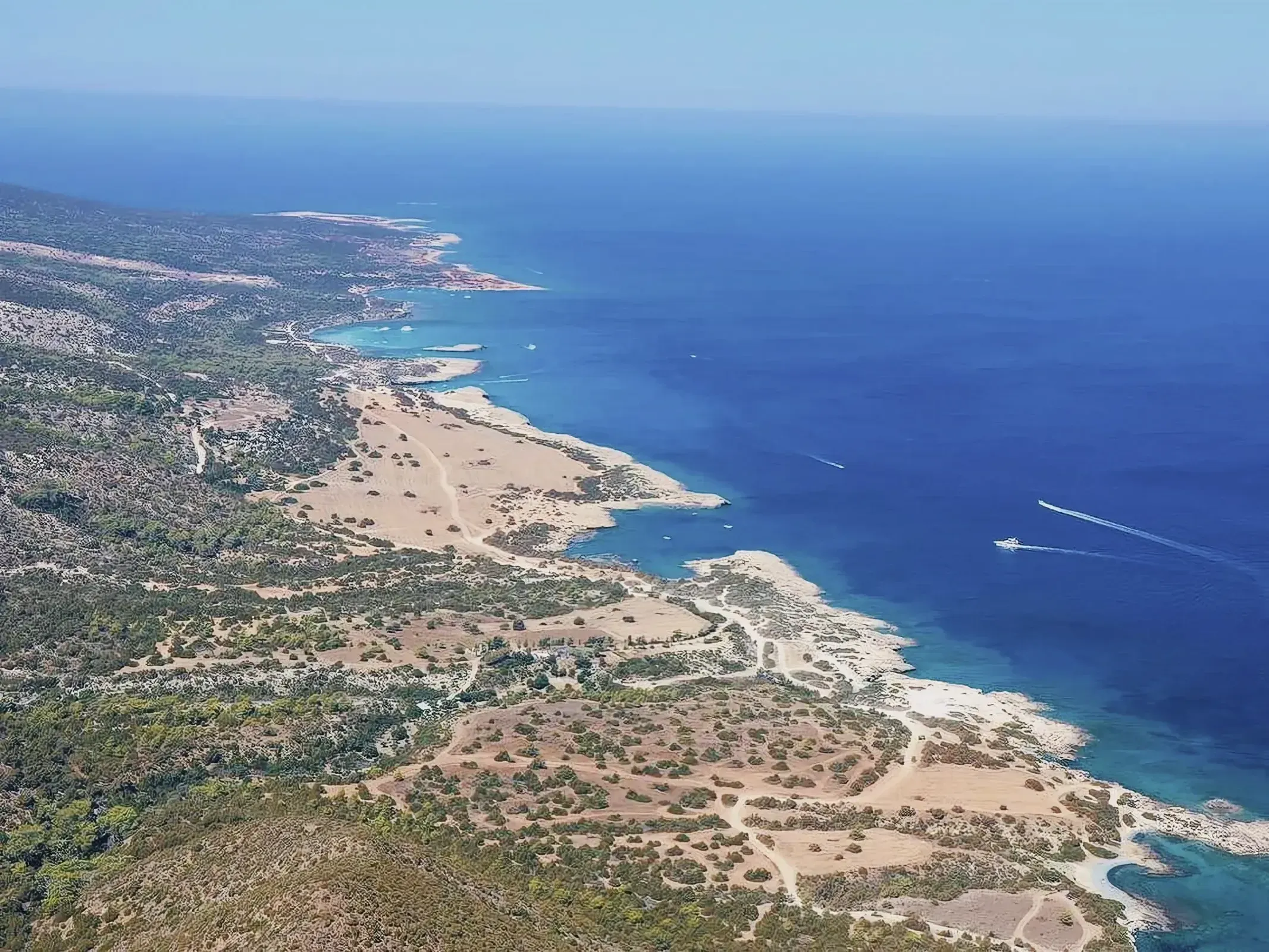
The Rich Biodiversity of Akamas
The Akamas National Park is a treasure trove for biologists and ecologists, housing numerous species, some of which are endemic to the park. The biodiversity includes plants like the Akamas tulip and various orchids, and animals ranging from fruit bats to the endangered monk seal. Lara Bay, specifically, is famous for its turtle hatchery, where eggs of the loggerhead turtle are safeguarded.
The park’s flora is equally captivating, with 39 of Cyprus’s 128 endemic plant species thriving here. The diverse vegetation reflects the peninsula’s ecological importance, lending itself to a dynamic ecosystem where vulnerable and endemic species find refuge.
Akamas’s Geology and Coastal Splendor
Akamas’s geology is as diverse as its biology. The peninsula features rocks from the Troodos Ophiolite Complex, the Mamonia Complex, and various sedimentary rocks forming striking gorges and landscapes. Erosion has played a key role in crafting the peninsula’s majestic cliffs and gorges, such as the renowned Avakas Gorge.
The coastline of Akamas presents a geological kaleidoscope featuring sandstones, sea caves, and islets. This intricate geology offers a variety of habitats, from dense forests of pine to coastal sand dunes, harboring a rich plant diversity. Visitors can discover everything from endemic wildflowers to ancient juniper forests, which together contribute to the unique charm of Akamas National Park.
Through its stunning geological formations and rich cultural history, the Akamas National Park stands as a testament to the natural and historical wealth of Cyprus, offering an unparalleled experience for outdoor enthusiasts and nature lovers alike.

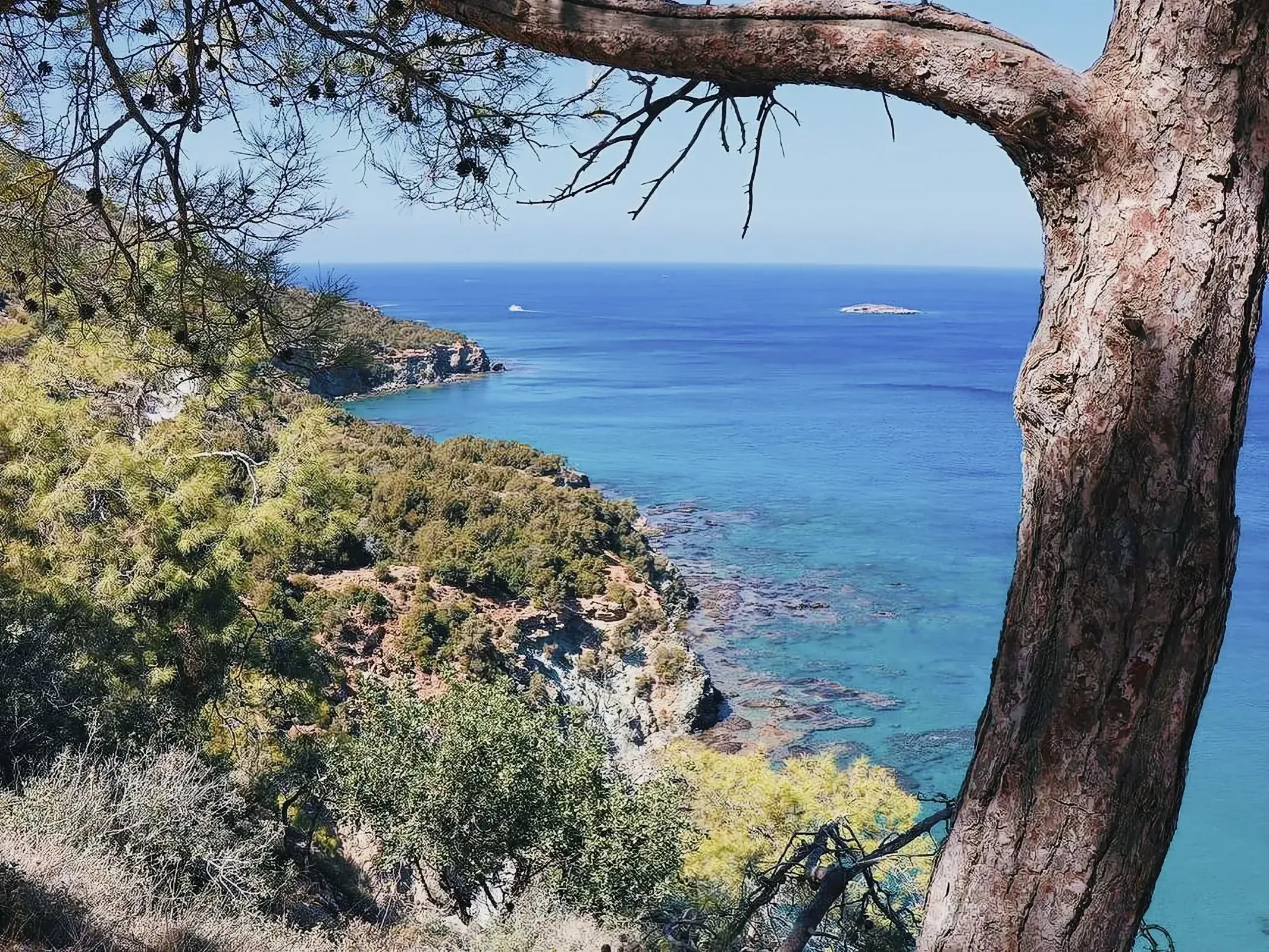
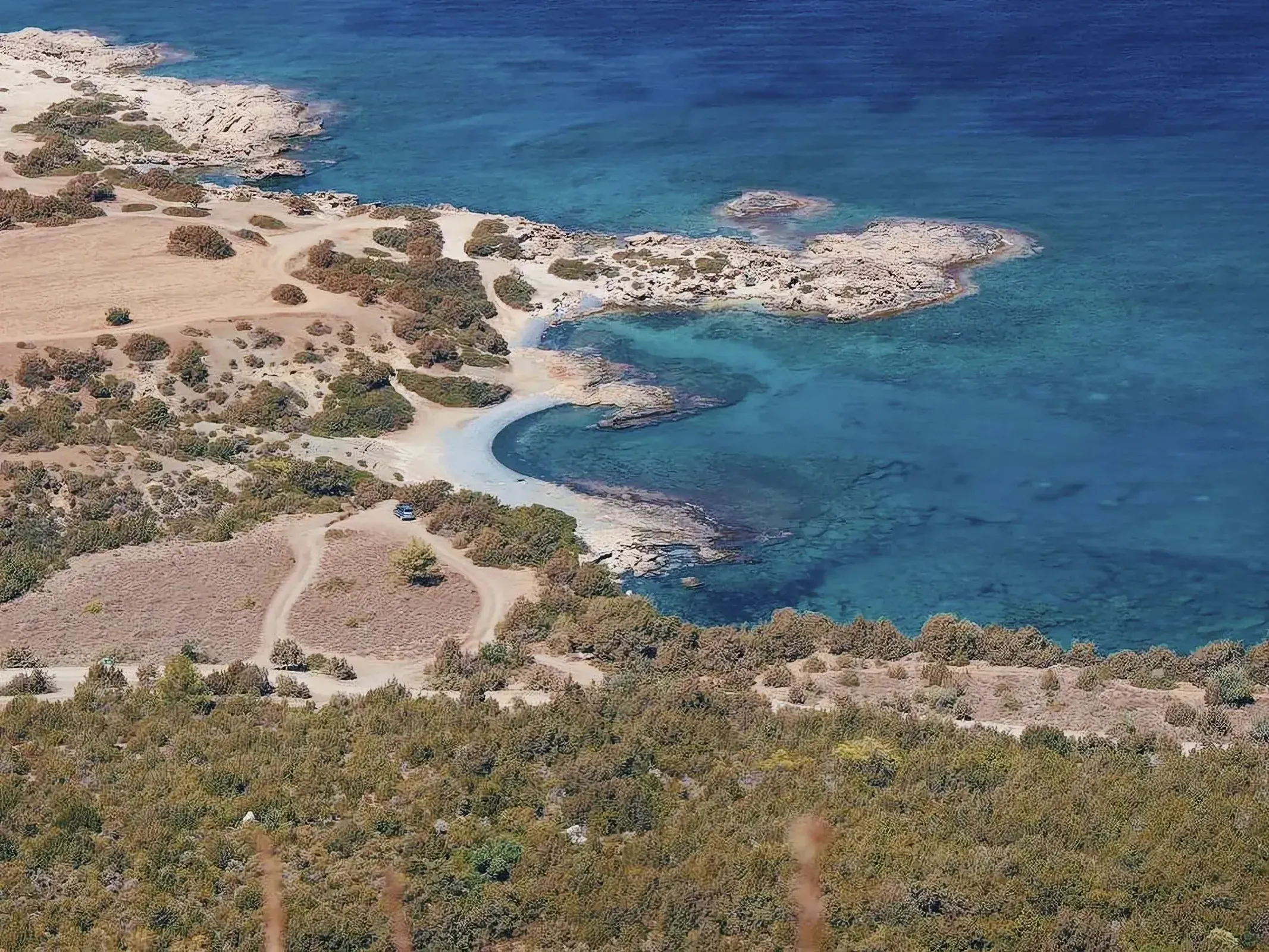
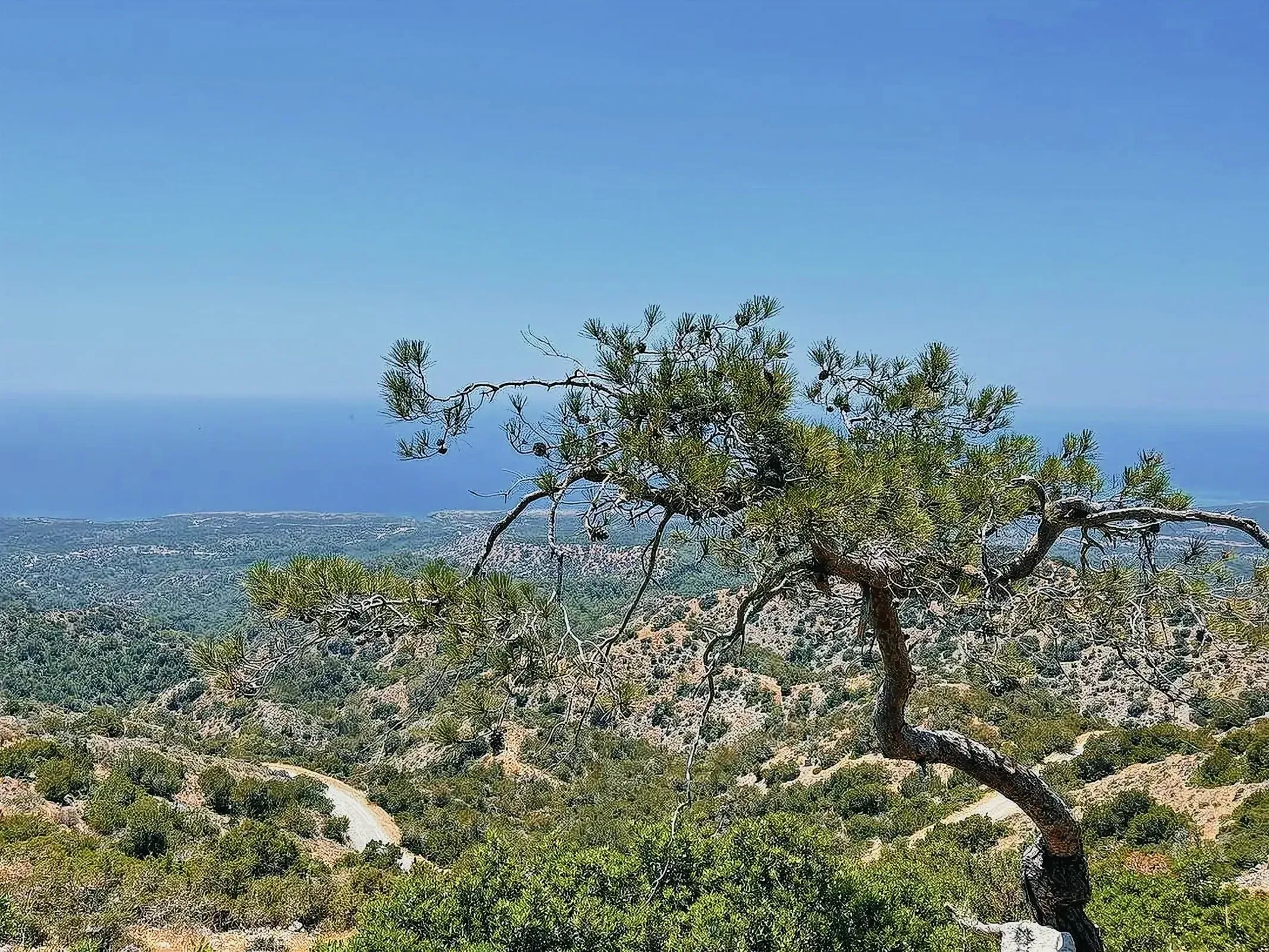
FAQ
1. What is the biodiversity of Akamas National Park?
Akamas National Park is known for its rich biodiversity, including 168 bird species, 20 reptiles, and 16 butterflies. It also contains 39 of Cyprus’s 128 endemic plant species. The park is home to a variety of mammals, such as fruit bats and the endangered monk seal.
2. What historical significance does Akamas National Park hold?
Akamas National Park has historical significance tied to Greek mythology, as it is believed to be the site where the goddess Aphrodite and her lover Adonis shared moments of passion. Additionally, the park was used for British military exercises until 2000, emphasizing its strategic importance.
3. What geological features can be found in Akamas National Park?
Akamas National Park boasts diverse and striking geological formations. The park features rocks from the Troodos Ophiolite Complex, the Mamonia Complex, and various sedimentary rocks. Visitors can explore the famous Avakas Gorge and marvel at the majestic cliffs and gorges shaped by erosion. The park’s coastline offers sandstones, sea caves, and islets, creating a geological kaleidoscope.
4. What preservation efforts are being made for Akamas National Park?
Despite delays in its full declaration as a National Park, environmental groups are actively advocating for the protection of Akamas. The park’s ecological significance has been recognized by the European Council, and it is included in the Mediterranean Protection Program. The inaccessible nature of the park has helped preserve its rich flora and fauna, and it has been acknowledged as one of Europe’s 22 endemism areas by the European Environment Agency.

